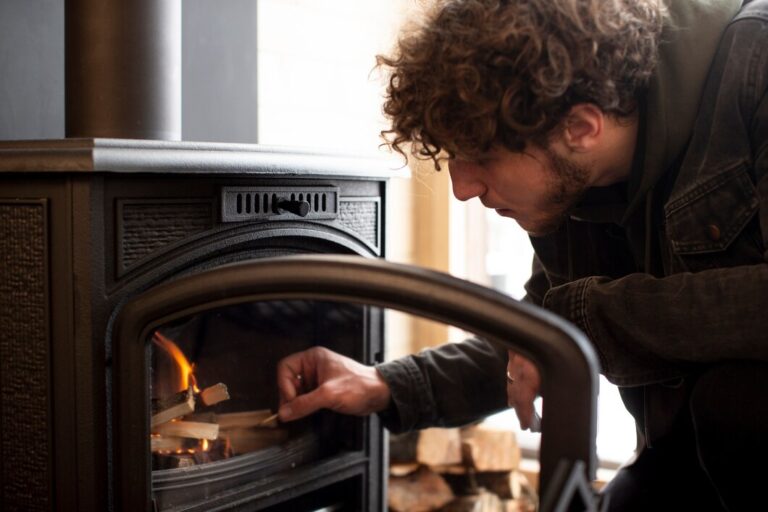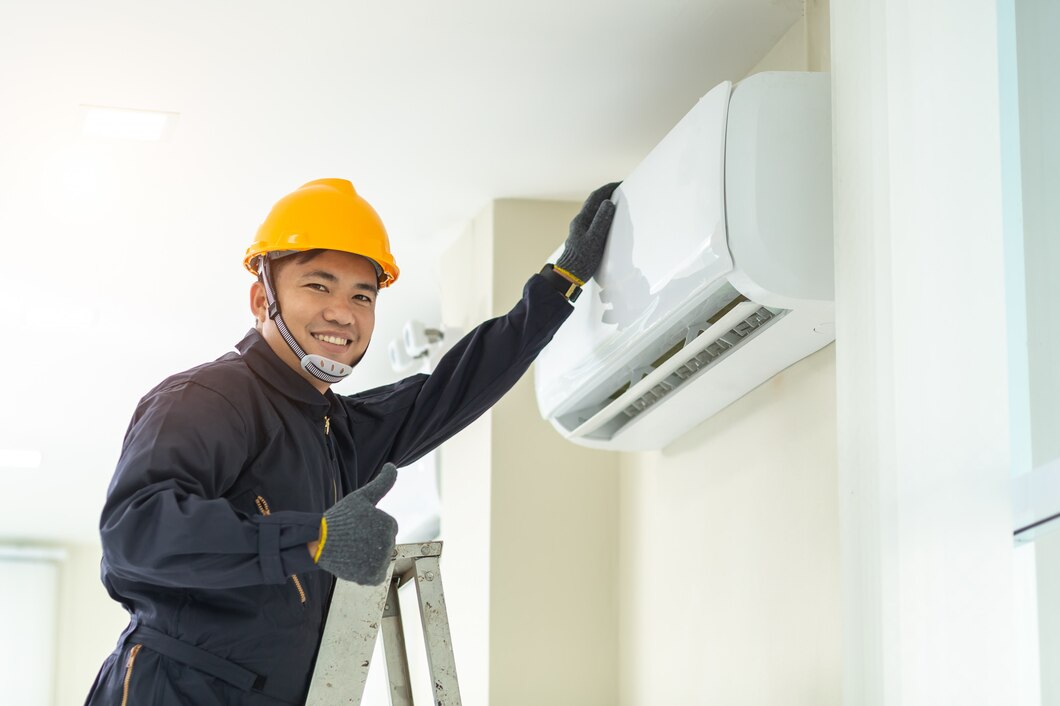A properly functioning furnace is essential for maintaining a comfortable and warm home. When your furnace starts showing signs of trouble, it’s important to address the issues promptly. Ignoring these signs can lead to more expensive repairs and decreased efficiency. Recognizing the early warning signs of furnace problems can help you take quick action and prevent further complications.
Unusual Noises Coming from the Furnace
Types of Noises and What They Indicate
A well-functioning furnace operates quietly, so unusual noises often signal a problem. Different noises can indicate specific issues:
1. Banging or Clanking: This could mean a loose or broken part inside the unit.
2. Hissing: Often indicates a leak, possibly in the ductwork or heat exchanger.
3. Squealing or Screeching: Usually points to a problem with the blower motor or belts.
4. Rattling: Can suggest loose panels or components that need securing.
5. Popping: Could be caused by thermal expansion and contraction, common in metal ducts.
Pay close attention to these noises to help our professionals diagnose the issues more efficiently.
Potential Causes of Noises
These unusual noises have various potential causes requiring prompt attention:
1. Mechanical Failure: Worn-out bearings or broken components can create banging or rattling noises.
2. Airflow Issues: Blocked filters or closed vents can lead to squealing sounds due to increased pressure in the system.
3. Heat Exchanger Problems: A damaged heat exchanger can produce hissing sounds, posing a serious safety risk.
4. Loose Parts: Over time, parts such as screws or panels can become loose, causing rattling or popping noises.
5. Fan Motor Wear: Worn-out fan motors or bearings can produce squealing or screeching noises, indicating the need for lubrication or replacement.
Recognizing these causes helps ensure timely furnace repair, maintaining a quiet, efficient heating system.
Inconsistent Heating Throughout the Home
Symptoms of Uneven Heating
Inconsistent heating is a common sign that your furnace requires repair. Symptoms include:
1. Hot and Cold Spots: Some rooms are too hot while others remain cold.
2. Thermostat Discrepancies: The temperature on your thermostat doesn’t match the actual room temperature.
3. Frequent Adjustments: Needing to frequently adjust the thermostat to maintain comfort.
Identifying these symptoms helps in diagnosing the issue effectively.
Common Issues Leading to Inconsistent Heating
Several issues can cause uneven heating throughout your home, requiring furnace repair:
1. Blocked Vents or Ducts: Obstructions in the vents or ducts limit airflow, causing some rooms to receive more heat than others.
2. Thermostat Problems: A malfunctioning thermostat can lead to incorrect temperature readings and uneven heating.
3. Imbalanced System: If your system is not balanced, it might distribute heat unevenly, leading to hot and cold spots in various rooms.
4. Dirty Filters: Clogged filters can restrict airflow, causing the system to struggle in evenly heating the home.
5. Duct Leaks: Leaks in the ductwork can cause heat to escape, leading to inconsistent temperatures.
Understanding these common issues helps in addressing uneven heating, ensuring that all parts of your home remain comfortable.
By paying attention to these symptoms and issues, you can address inconsistency in your home’s heating effectively, maintaining a comfortable environment.
Increase in Energy Bills
Signs Your Furnace is Working Harder Than It Should
An increase in your energy bills can be a sign that your furnace is not operating efficiently. Here are some indicators:
1. Sudden Spike in Bills: A noticeable jump in energy costs without a corresponding increase in usage.
2. Constant Running: The furnace seems to run all the time to maintain the desired temperature.
3. Unusual Energy Usage: Reviewing your energy statements might reveal higher consumption than usual for the season.
Recognizing these signs can help you identify when your furnace is overworking.
How Inefficiency Impacts Energy Consumption
A furnace that is not operating efficiently will consume more energy to heat your home. This inefficiency can be due to several reasons, including:
1. Old Equipment: Older furnaces often lose efficiency over time, requiring more energy to produce the same amount of heat.
2. Clogged Filters: Dirty filters restrict airflow, making the furnace work harder to distribute heat.
3. Mechanical Issues: Problems such as worn-out parts or duct leaks cause the system to operate less efficiently.
4. Poor Maintenance: A lack of regular maintenance leads to inefficiency, as minor problems can escalate over time.
Understanding these issues can help in taking proactive measures to improve furnace efficiency, thus reducing energy bills.
Frequent Cycling On and Off
Understanding Short-Cycling in Furnaces
Short-cycling occurs when a furnace repeatedly turns on and off in a short period. This can be a symptom of a larger problem, such as:
1. Thermostat Issues: A malfunctioning thermostat can cause the furnace to misread the indoor temperature, leading to short-cycling.
2. Overheating: The furnace may overheat and shut down to protect itself, then restart once it cools down.
3. Airflow Problems: Restricted airflow due to clogged filters or blocked vents can lead to short-cycling.
Recognizing short-cycling helps in diagnosing potential furnace issues early on.
Common Reasons for Short-Cycling
Several factors can cause a furnace to short-cycle, each requiring specific attention:
1. Thermostat Placement: A poorly located thermostat, such as one near a heat source or direct sunlight, can lead to inaccurate temperature readings.
2. Dirty Filters: Clogged filters restrict airflow, causing the furnace to cycle on and off frequently.
3. Oversized Furnace: A furnace that is too large for your home will heat the space quickly, causing it to shut off and restart repeatedly.
4. Blocked Vents: Obstructed vents limit airflow, triggering the system to turn on and off to compensate.
Identifying these causes allows for targeted furnace repair, ensuring a more consistent and efficient heating cycle.
Conclusion
A well-maintained furnace is key to keeping your home warm and comfortable. Recognizing the signs that your furnace needs repair can prevent more significant problems down the line. By understanding potential issues like unusual noises, inconsistent heating, increased energy bills, and frequent cycling, you can address problems promptly and efficiently.
Schedule your furnace repair in Norwalk with us at Power Pro Plumbing Heating & Air today. Our experienced technicians are ready to help you maintain a warm and efficient home. Contact us now for reliable furnace repair services.










